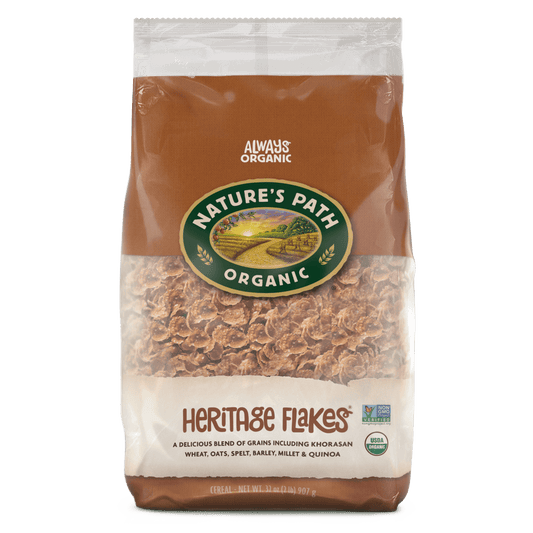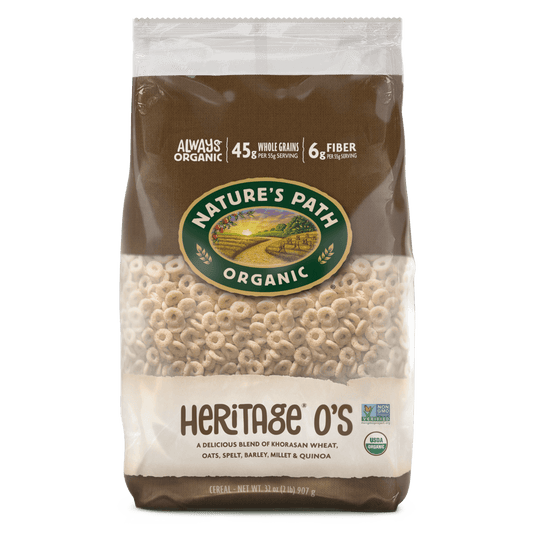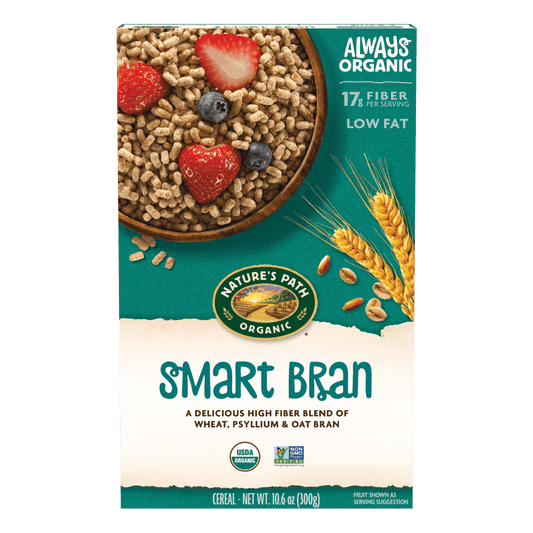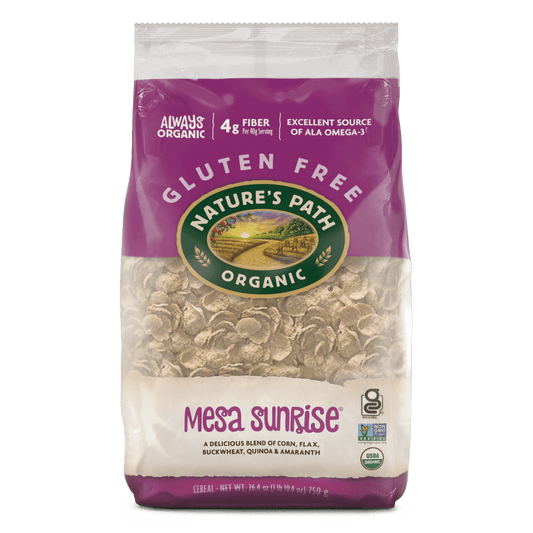Organic certification and organic labeling are important tools for consumers and farmers/producers alike. Unlike so many other words that marketers sprinkle around on labels to try and influence your purchases, the word organic and the organic seals have legal, enforceable meanings.
If you can’t know all your farmers and can’t inspect every farm or factory yourself, an organic label is the closest you can come to being 100% sure you are buying
safe organic food you can trust. Organic standards are set in the US by the
USDA NOP (National Organic Program), in Canada by the
CFIA COR (Canada Organic Regime). The two agencies maintain a
reciprocal agreement, so that farmers and producers need only be certified once to use the term and appropriate seals in both countries.
Organic certification is a formal and not insignificant process. A farmer or producer must follow specific steps to earn the right to call their products organic. They must must then prove that they are actually walking their talk to an official certification agency on a regular basis to continue using the word and/or seal. Only very small operations, defined as one with less than $5000 in gross sales per year, may legally use the word organic without being certified.
There are 5 basic steps for first time certification:
1. Learn, Plan, and Apply
Farmers and producers start by learning about the organic production requirements that apply to their operation, put them into practice, write a plan that outlines production practices, select an approved
US or
Canadian certifying agent, and fill out and submit an application along with the appropriate fees. Certification costs vary depending on the size of the operation and on the accredited agency selected. In general, organic certification costs run between $200 – $1500. At this writing the USDA offers a
Cost Sharing Program that may be available to save farmers or producers to 75% of the costs associated with the organic certification process, up to $750 per year.
2. Transition
The certifying agent reviews the application to verify that practices comply with organic regulations. On top of having current practices examined, farmers must be able to prove that no prohibited substances, such as synthetic fertilizers, sewage solids, insecticides, herbicides, or fungicides, have been applied to the land and that no genetically modified organisms (
GMOs) have been grown during the previous three years. If that is not the case, the farm will remain uncertified until the full 36 month waiting period has been satisfied. This waiting period is important as many synthetic substances remain in the soil and in perennial plants for months or even years, and may end up in the food being harvested during that period. After 12 months of qualifying waiting period, farmers may soon be able to market their products as “transitional,” signifying they are meeting all the requirements for certification except the time since last prohibited substance use. In January 2017 the Organic Trade Association (OTA), in partnership with the USDA, announced a new
transitional certification program, designed to help new producers get more for their products during the waiting period to help cover their costs. At this writing, the program is in its infancy and there have been no announcements about when the first participants will be able to apply.
3. Inspection
Once all requirements have been satisfied an official inspector conducts an on-site inspection of the farm or facility and submits a report to the agency.
4. Review
A certifying agent reviews the application and the inspector’s report to determine if the applicant is complying with all relevant regulations.
5. Certified Organic
Once everything is in order the certifying agent issues an organic certificate, at which point the farmer or producer may start using the word organic and appropriate seals on labels and in marketing materials.
To maintain organic certification, every certified organic farm or facility must go through a review and inspection process every year. They must keep good records (a good idea anyway) and have those records available for inspectors.
How can you help?
Buy organic foods and beverages that proudly sport the USDA or CFIA Organic Seals, encourage your local producers to step up to the plate and get certified, and tell your elected representatives you support strong, well-funded organic certification programs.








